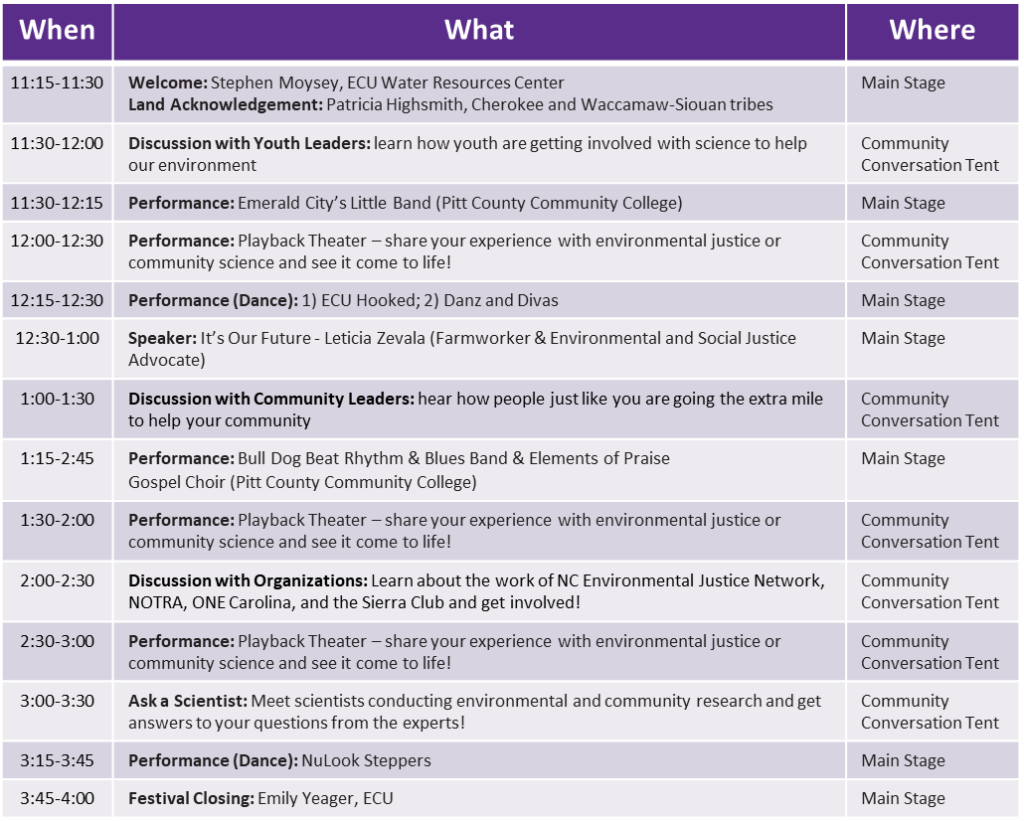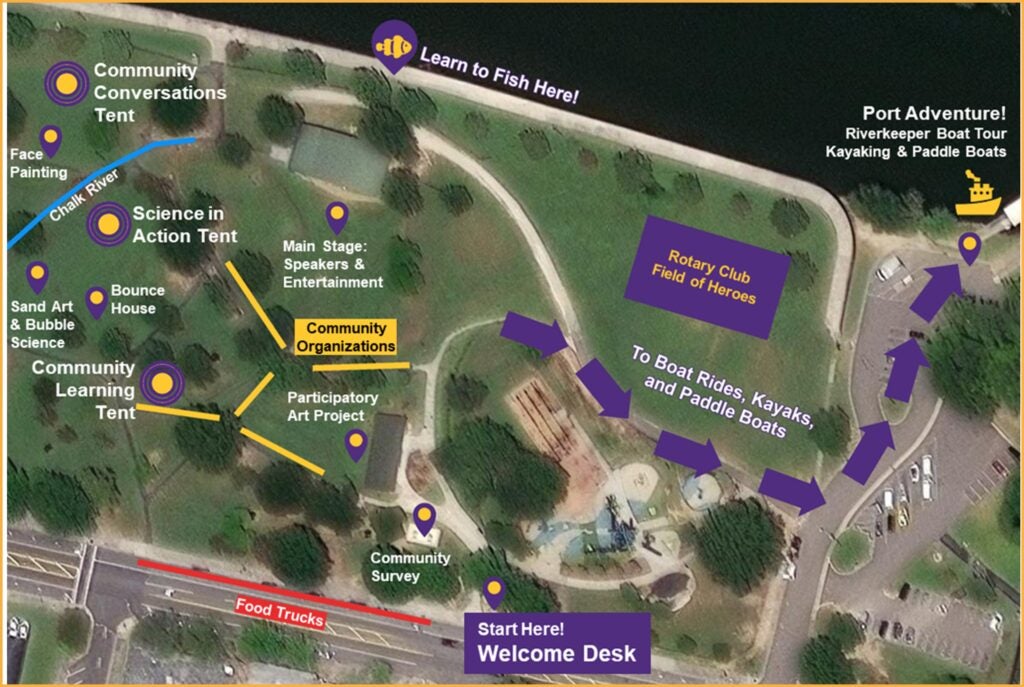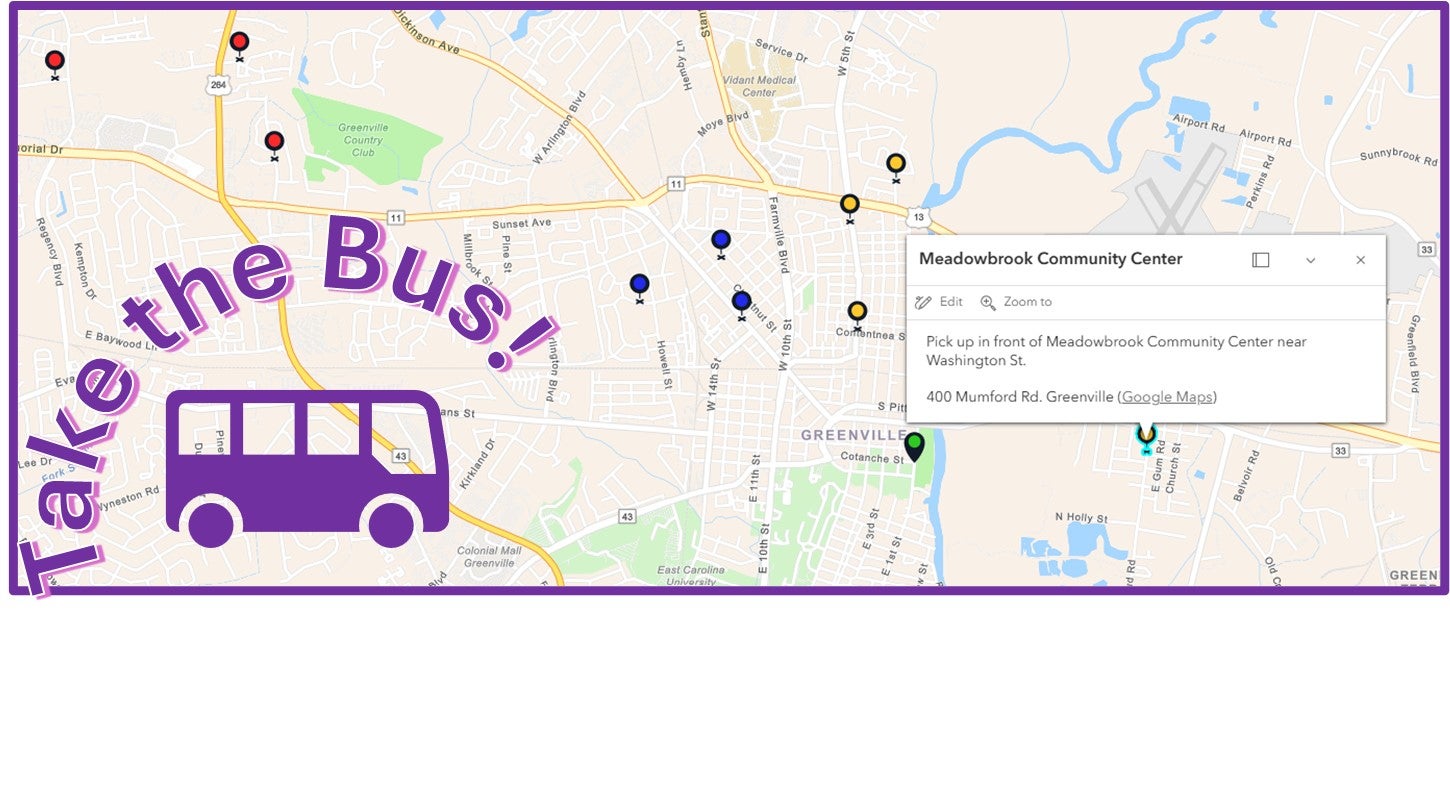Tar River Community Science Festival
November 9th, 2024
11 a.m. – 4 p.m.
Town Common, Greenville N.C.
Are you ready for the 2024 Tar River Community Science Festival? This festival is a celebration of our river, community, and relationship to one another. Just like the years before, we will be hosting fun activities to expose people of all ages to science and promote shared learning about challenges faced by different communities in Eastern North Carolina. It’s our goal to brainstorm together about possible solutions for water related issues, and as well as build awareness around environmental challenges in our region.
Activities at this year’s Festival will engage budding scientists of all ages! We are especially excited to provide guided boat tours of the Tar River with Riverkeeper Katey Zimmerman from Sound Rivers! Not up for a tour? Grab a free kayak or paddle boat and explore the river on your own!
Explore the activities in our Festival tents! Get inspired by work others are doing in your community or ask a scientist a question at the Community Conversations Tent. Check out technologies to help you explore, map, and share data about your community at the Community Learning Tent. Or get hands on at the Science in Action Tent!
As always, get engaged with one of the almost 30 community organizations hosting tables and activities at the Festival!
Want to get creative? Participate in the Community Art Project hosted by the Black Creatives of Pitt County or add to the chalk river, make some sand art, and get your face painted. Or maybe the kids just need to blow off some steam in a giant Pirate Ship bounce house! There is something for everyone.
Festival Activity Schedule

Click on the Festival Site Map below to get an interactive version where you can explore what is happening at each location.
Need a ride? Catch one of the TRCSF buses to the Festival!
Buses will circulate continuously throughout the day on approximately 30 minute rotation. First buses will leave Town Common around 10:30am and last bus leaves Town Common at 4pm. You can get more information about the stops on the red, blue, and yellow routes from this interactive map.
Do you want to be part of the TRCSF?
If you or your organization are interested in being a partner or participant in the event for 2024, please let us know! We are looking for organizations who would like to share information about their work with the public at an event table, provide a hands-on science or art activity related to science and/or community, or share their experience or perspectives through a short presentation. We are also accepting financial contributions and sponsorships to support this event.
To be included as a participant in the Tar River Community Science Festival, please contact Grace Gavigan (gavigang19@ecu.edu) for more information.
The Tar River Community Science Festival is supported through a grant from the National Science Foundation Coastlines and People project at ECU and the ECU Water Resources Center. Learn more about about the Coastlines and People project and ways to get involved here: https://water.ecu.edu/cope/.


